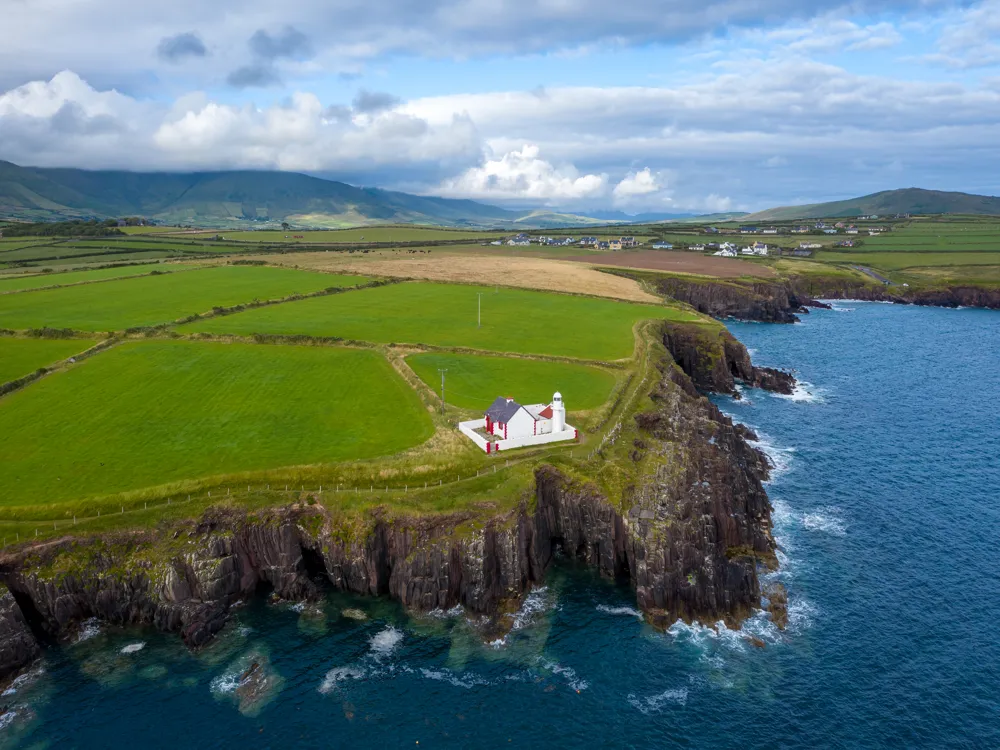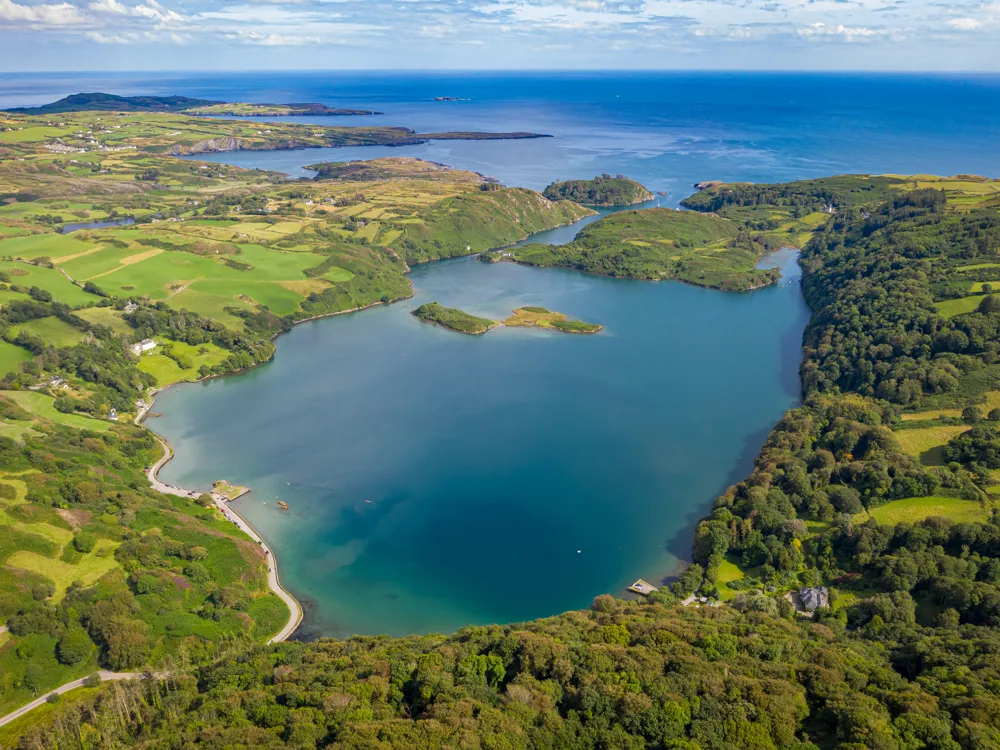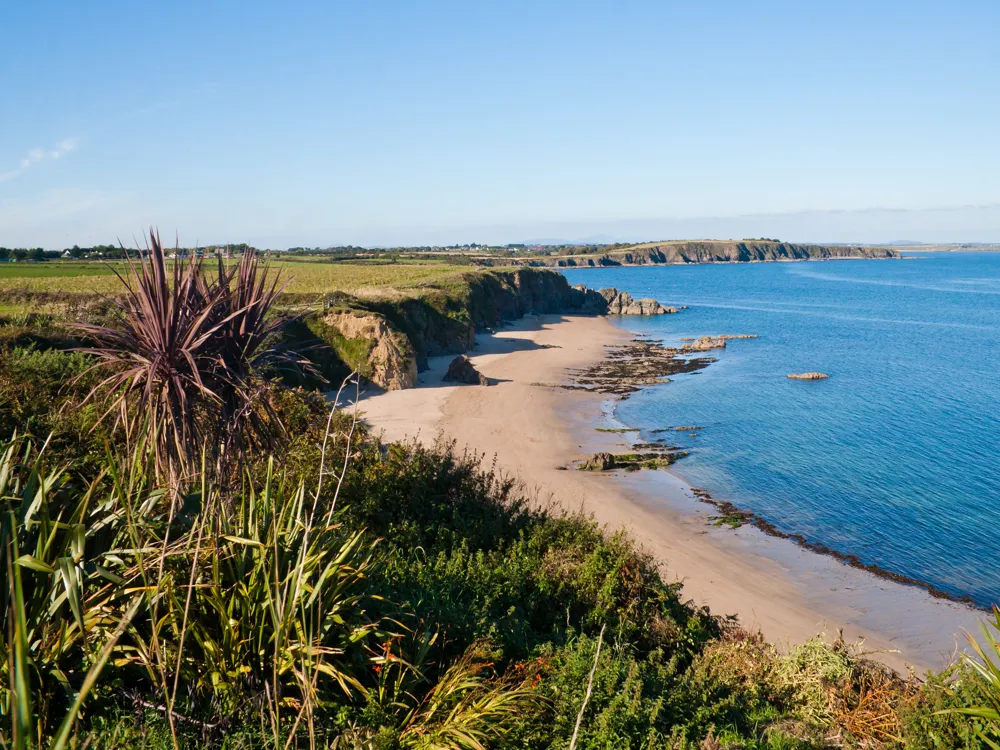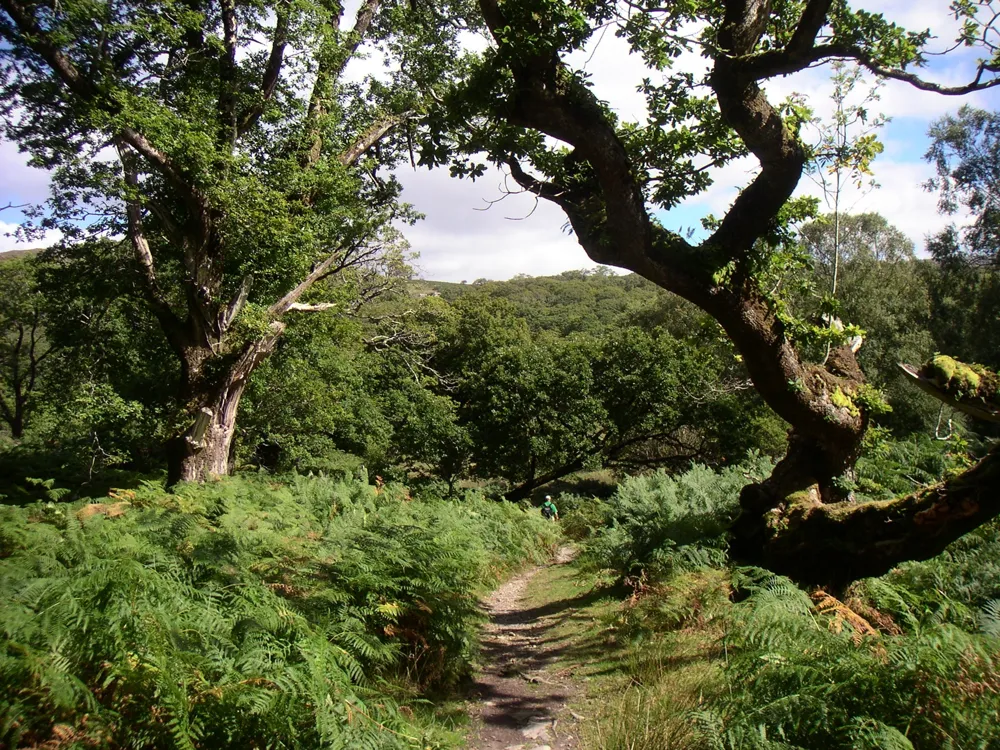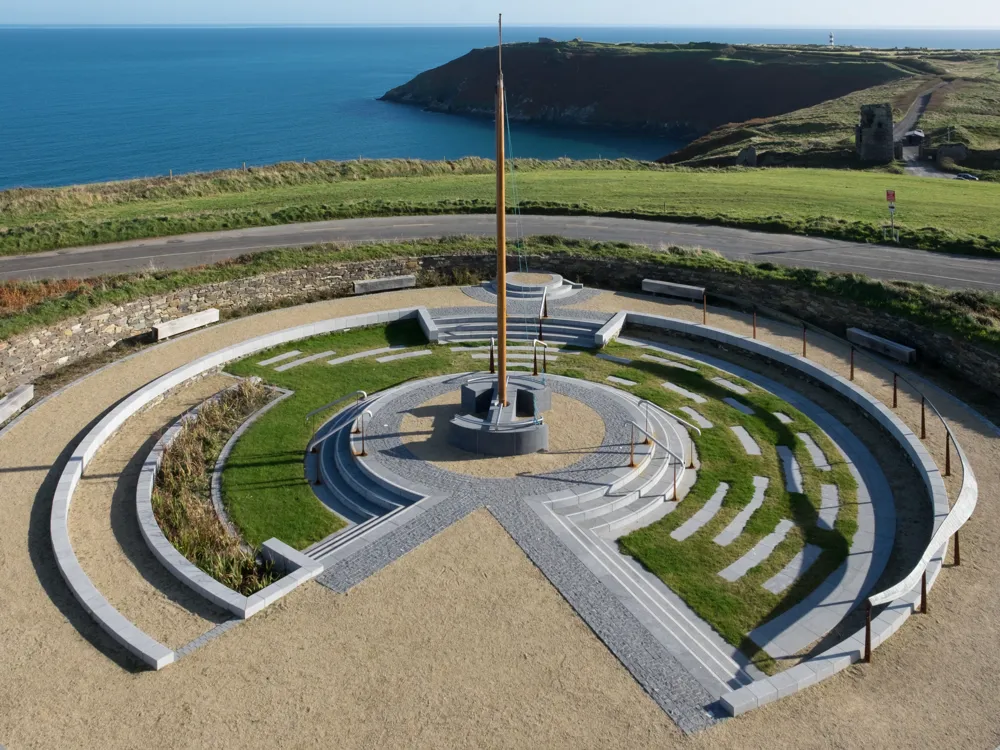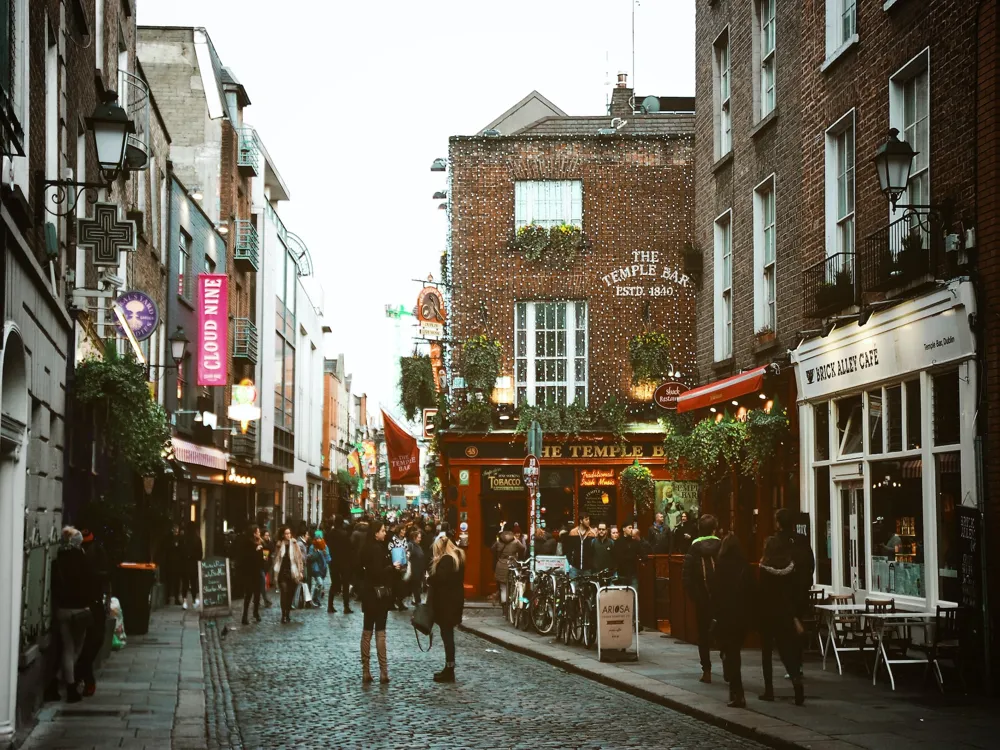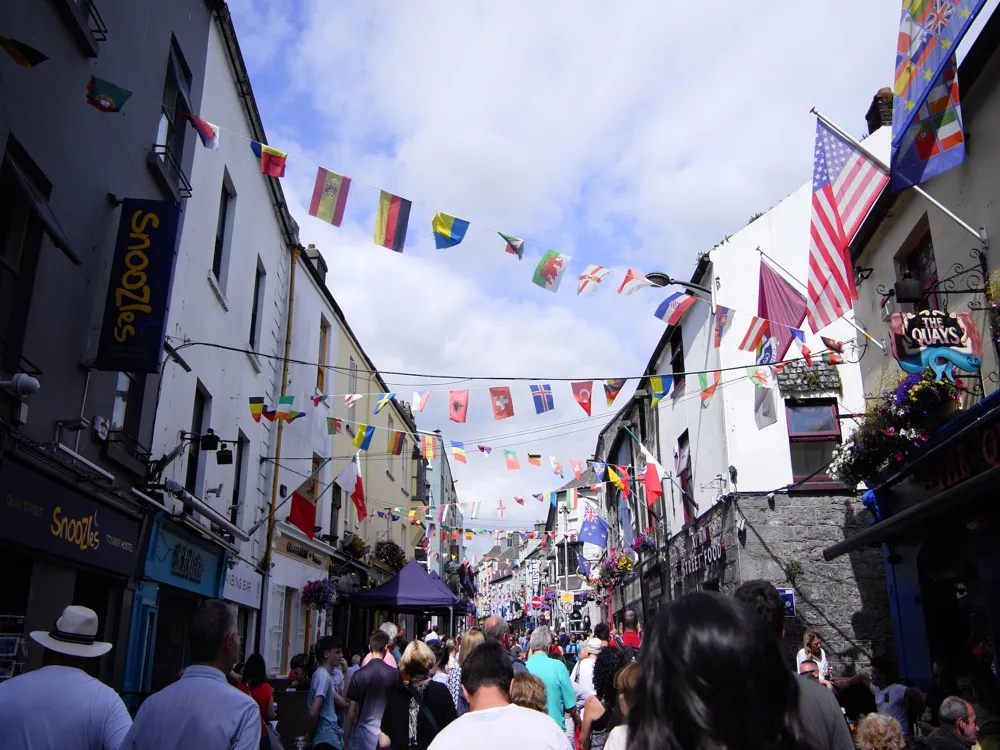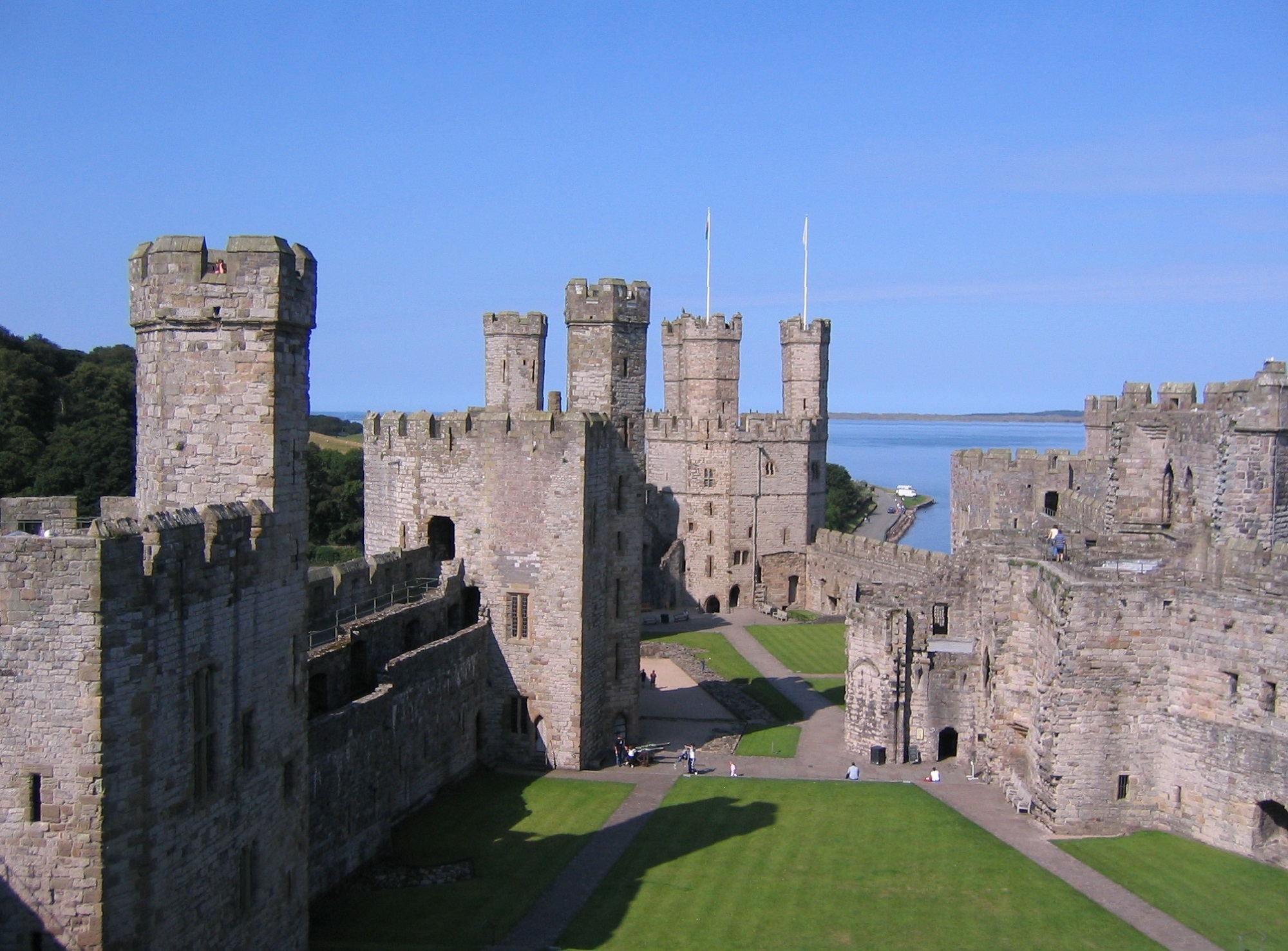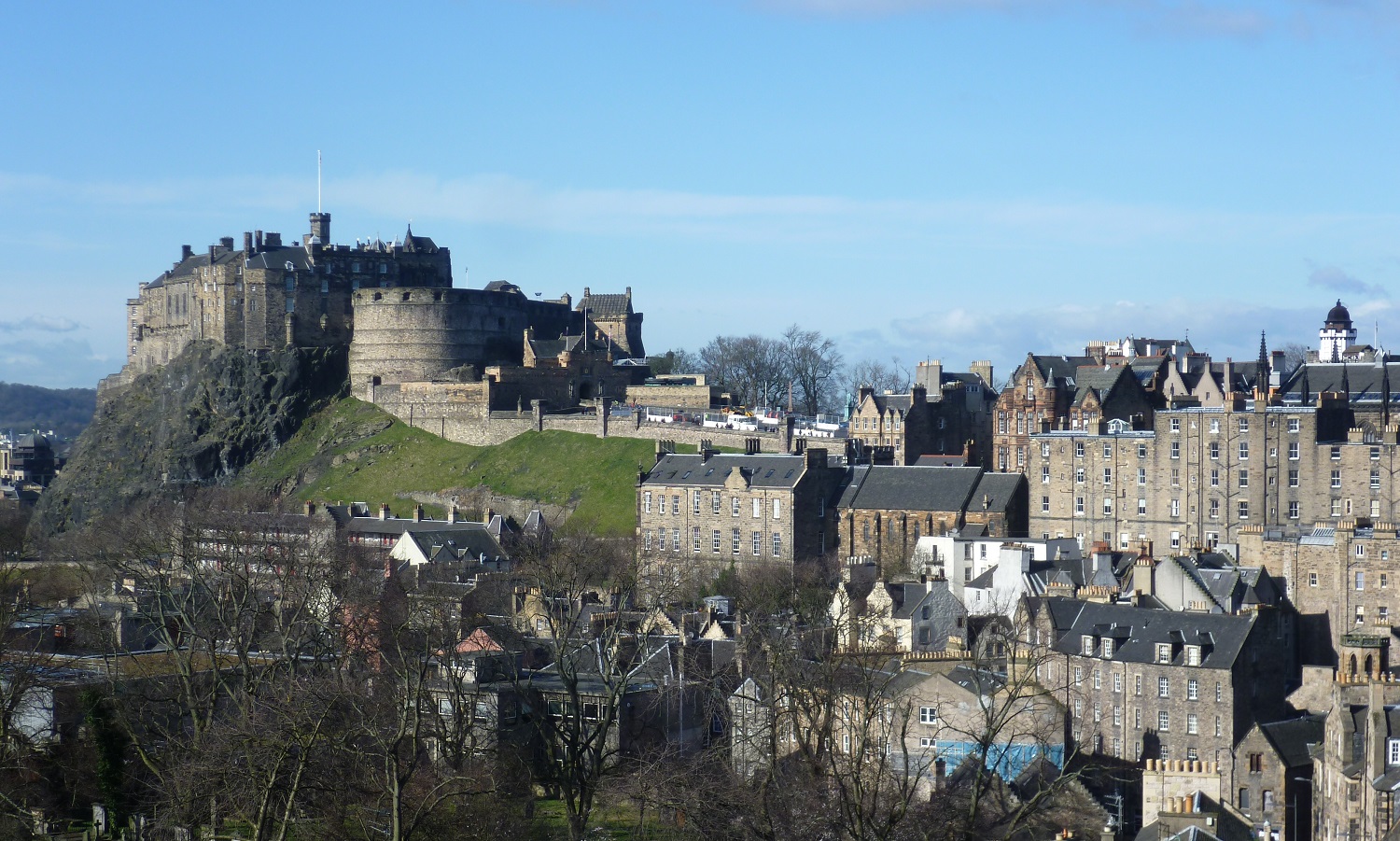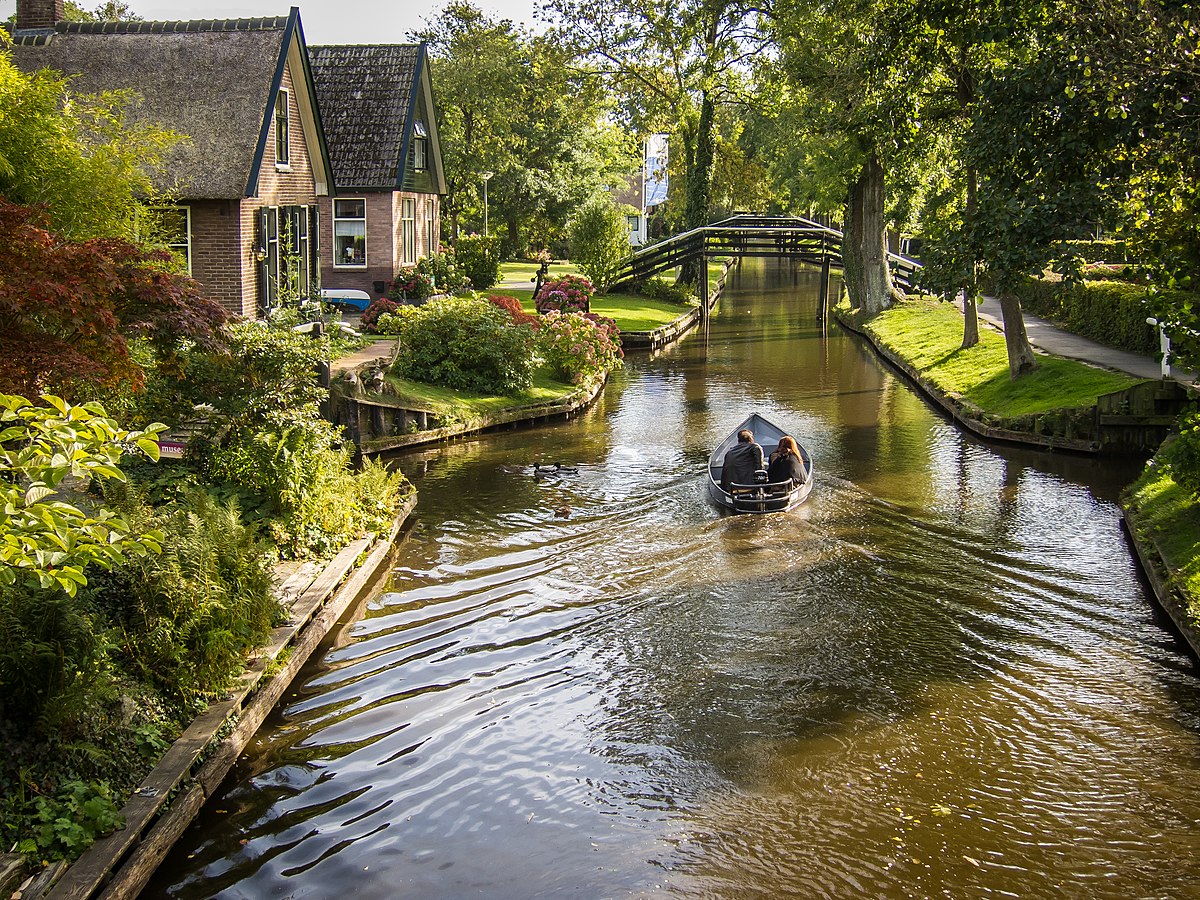What is the best time to visit Ireland?
Ireland, known for its breathtaking landscapes and rich cultural heritage, offers a unique experience throughout the year. Understanding the best time to visit ensures you make the most of your trip. The prime months to explore Ireland are from May to September, when the weather is mild and the countryside is in full bloom.
During this period, you can enjoy outdoor activities, visit historic sites, and partake in local festivities. However, it's essential to consider that this is also the peak tourist season, so popular attractions may be crowded.
For a quieter experience, consider the shoulder seasons of April and October. The weather remains pleasant, and you'll encounter fewer tourists, allowing you to immerse yourself in the authentic charm of Ireland.Ireland is best visited in the months of March through May and September through November, when it's not as chilly or busy as it is in the summer. Nevertheless, Ireland boasts a year-round moderate, temperate environment, despite occasional rain. Normally, the weather variations are not that drastic.
The hottest season, which occurs in June, July, and August, is also the period when Ireland's landscapes are at their most colourful and the days are longest. But it's also expensive and packed with people.
More about the Best Time to Travel to IRELAND
Christmas markets, shows, and festive lights in towns and cities all kick off the month-long celebration of Christmas. Despite being a somewhat chilly month, December can produce incredibly lovely scenes with hills and trees coated in frost. Although the coast is windy, the hotels that stay open usually greet their tourists with crackling log fireplaces and substantial meals.The best time of year to visit Ireland's amazing landscapes is during the hottest and driest months. These landscapes range from southern Ireland's Ring of Kerry to the country's vibrant and historic centre, Dublin. This often indicates that June, July, and August are seen as the ideal months to visit Ireland. Summer is considered the busiest tourist season, so even though the weather may be pleasant, you should still prepare for large groups of people visiting famous locations and higher costs for lodging and activities.
Travel Peak Season in IRELAND
The peak season in Ireland, spanning from May to September, witnesses an influx of travellers eager to explore the country's beauty. During this time, temperatures range from 50°F to 70°F, offering comfortable conditions for outdoor activities. Festivals, cultural events, and vibrant landscapes make it an ideal period for a lively Irish experience.
-
Summer (June to August):
- Reasons: The summer months, from June to August, constitute the peak tourist season in Ireland. During this time, the weather is generally mild and the days are longer, providing more daylight for exploration. Popular destinations, including Dublin, Galway, the Ring of Kerry, and the Cliffs of Moher, attract a high number of domestic and international tourists. Festivals, outdoor events, and cultural activities contribute to the appeal of summer travel in Ireland.
-
St. Patrick's Day (March 17):
- Reasons: St. Patrick's Day, Ireland's national holiday celebrated on March 17th, is a significant cultural and festive event. Many tourists, both domestic and international, choose to visit Ireland during this time to experience the lively parades, celebrations, and unique atmosphere associated with the holiday.
-
Shoulder Seasons (Spring and Autumn):
- Reasons: Spring (April to May) and autumn (September to October) are considered shoulder seasons and are also popular times to visit Ireland. During these periods, the weather is often mild, and the landscapes are lush and vibrant. Tourists can enjoy a more relaxed atmosphere compared to the peak summer months.
Travel Offseason in IRELAND
For those seeking a more tranquil visit, the offseason from November to February provides a serene atmosphere. While temperatures drop, ranging from 30°F to 50°F, Ireland's winter charm is undeniable. The cosy atmosphere, festive spirit, and possibility of witnessing the Northern Lights make it a magical time to explore.
-
Late Autumn to Early Spring (November to March):
- Reasons: Late autumn to early spring is generally considered the offseason in Ireland. During these months, temperatures can be cooler, and there may be fewer tourists. Popular destinations, including Dublin, Galway, and the scenic landscapes of the Ring of Kerry, may have reduced crowds, allowing visitors to explore cultural sites and natural attractions with greater ease.
-
Midweek Travel:
- Reasons: Travelling on weekdays, especially outside of major holidays, can often provide a quieter experience. Many tourists visit Ireland on weekends, and weekdays may offer a more relaxed atmosphere in cities and tourist spots.
-
Winter (December to February):
- Reasons: Winter, especially from December to February, is typically the quietest time for tourism in Ireland. While the weather can be cold and damp, some visitors appreciate the serene landscapes and the opportunity to experience cosy Irish pubs and indoor cultural attractions.
IRELAND Weather in Winter (November – February)
IRELAND Weather in November
November in Ireland brings a transition to winter, with temperatures ranging from 40°F to 50°F. The landscapes showcase autumnal colours, creating a picturesque setting. It's an excellent time to enjoy indoor attractions and experience the warmth of Irish hospitality.
IRELAND Weather in December
December brings a festive ambiance to Ireland, with temperatures averaging 35°F to 45°F. Christmas markets, holiday decorations, and cosy pubs create a charming atmosphere. While outdoor activities may be limited, the cultural richness of Irish traditions is at its peak.
IRELAND Weather in January
January sees winter's embrace, with temperatures ranging from 30°F to 40°F. It's a quieter period, perfect for those seeking solitude and the allure of frost-covered landscapes. Indoor attractions, historic sites, and traditional Irish music sessions provide delightful alternatives.
IRELAND Weather in February
February marks the end of winter, with temperatures gradually rising from 35°F to 45°F. It's a transitional month, offering a mix of winter charm and the anticipation of spring. Exploring coastal areas and enjoying off-peak tranquilly make it an underrated gem.
Summer weather in Ireland (March to June)
IRELAND Weather in March
March heralds the arrival of spring, with temperatures ranging from 40°F to 50°F. As nature awakens, it's an ideal time for scenic drives, walks, and embracing the vibrant greens of Ireland's landscapes.
IRELAND Weather in April
April sees a further burst of spring, with temperatures averaging 45°F to 55°F. The blooming flowers and longer daylight hours create a picturesque setting. Outdoor enthusiasts can indulge in hiking, cycling, and exploring Ireland's natural wonders.
IRELAND Weather in May
May is the gateway to summer, with temperatures ranging from 50°F to 60°F. It's a vibrant month filled with colour as gardens and fields bloom. Outdoor festivals, traditional music events, and lively street performances characterise this period.
IRELAND Weather in June
June brings the peak of summer, with temperatures reaching 55°F to 65°F. Long daylight hours offer ample time for exploration. Coastal areas, historic landmarks, and outdoor festivals beckon visitors to experience the essence of Ireland in full swing.
Monsoon weather in Ireland (July-October)
IRELAND Weather in July
July marks the beginning of Ireland's "monsoon" season, with temperatures averaging 60°F to 70°F. While rain showers are frequent, they add to the lush greenery. Festivals and outdoor events continue, showcasing Ireland's resilience against the rain.
IRELAND Weather in August
August continues the monsoon season, with temperatures ranging from 60°F to 70°F. Rain showers provide a refreshing backdrop to outdoor activities, and the countryside remains vibrant. It's a time when the landscapes come alive with blooming flowers.
IRELAND Weather in September
September marks the end of the monsoon season, with temperatures averaging 55°F to 65°F. The countryside is still lush, and the weather is mild. It's an excellent time for those seeking a balance between outdoor adventures and avoiding the summer crowds.
IRELAND Weather in October
October concludes the monsoon season, with temperatures ranging from 50°F to 60°F. As the rainfall diminishes, it's an ideal time for scenic drives and exploring Ireland's landscapes. The autumnal colours add a touch of magic to the surroundings.
Conclusion
Choosing the best time to visit Ireland depends on your preferences, whether it's experiencing the vibrant summer, the tranquilly of winter, or the blooming beauty of spring and autumn. Each season brings its own unique charm, ensuring that Ireland captivates visitors year-round.
Tourist Places to Visit in Ireland
Dublin
The history, the food, the architecture, the stories, and of course the pubs, Dublin is always among the list of favourite cities of people who've ever been there. Being the capital, Dublin is a major global city. It caters to the requirements of all sorts of tourists and travellers, from pubs to ca...
Galway
Galway is a place of supreme scenic beauty, amazing and lively atmosphere, some amazing pubs and restaurants, and a great list of places to visit. This picturesque location in the province of Connacht is historic, and a treat to the eyes and mind.
All Places to Visit In Ireland
Faq
Is Ireland suitable for winter travel?
Ireland's winter has its charm, offering festive ambiance, cozy atmospheres, and the possibility of witnessing the Northern Lights. However, outdoor activities may be limited.
What is the best month to avoid crowds in Ireland?
April and October are considered the shoulder seasons, providing a quieter experience with fewer tourists.
Are outdoor activities feasible during the monsoon season?
Despite the rain showers, outdoor activities continue in Ireland during the monsoon season. Festivals and events showcase the country's resilience against the rain.
What are the temperatures like during the summer in Ireland?
Summer temperatures in Ireland range from 55°F to 70°F, offering pleasant conditions for outdoor exploration.
Are there indoor attractions to explore during the winter months?
Yes, Ireland boasts a rich cultural heritage with numerous indoor attractions, making it enjoyable to explore even during the winter months.

